Stair Pressurization Rule Of Thumb
Stair pressurization rule of thumb. The NCC Australia provides guidelines when stair pressurisation is required. The air velocities required to prevent smoke backflow at the stair door opening obtained from tests in the. Over time the building will become more porous and need more air.
See the answer See the answer See the answer done loading. The system is intended to support the use of the single staircase during the construction phase in lieu of providing two stairs without smoke control or lobby protection. In buildings less than 10 stories one injection point anywhere in the stairwell should be enough.
The City of New York Local Law No. DiagramofthispressurizationsystemThesystemhasaroofmounted exhaustfanandaroofmountedsupplyfanwhichsuppliespressurization airthroughamasonryshaft046mby107m15ftby35ftThe supplyshaftislocatednexttothestairwellandthereisaninjection. Experience shows 500-750 CFM per level of the stair will be able to maintain required static 005-025.
This system should be sized conservatively and trimmed back. For residential buildings when the effective height of the building exceeds 25 m then stair pressurisation of stair shafts is required. What is a rule of thumb for selecting the capacity air flow rate in CFM of the stair pressurization fan.
Does the shaft have to be rated. In Australian Standard 1668 Part 1 1979 pressure differences with all doors closed are not to exceed 020 in. The staircase pressurisation system at SQP1 has been specified designed and installed utilising the guidance provided in BS EN 12101-6.
Best Answer This is the best answer based on feedback and ratings. Kashef is a registered professional engineer in. Where the building is equipped throughout with an automatic sprinkler system in accordance with Section 903311 the vestibule is not required provided that interior exit stairways are pressurized to a minimum of 010 inches of water 25 Pa and a maximum of 035 inches of water 87 Pa in the shaft relative to the building measured with all.
Stair construction and leakage is the main factor in sizing. A stairwell pressurisation system must be installed in accordance with ASNZS 166811998 The use of ventilation and air-conditioning in buildings Fire and smoke control in multi-compartment buildings and the building permit.
For stairwell pressurization refer to the below information.
Stair construction and leakage is the main factor in sizing. Provision of stair pressurisation is a DTS Deemed to Satisfy solution of proving a safe escape route out of the building. Please contact KAE for detailed sizing and verification. For residential buildings when the effective height of the building exceeds 25 m then stair pressurisation of stair shafts is required. A Area in m2. The pressure difference across a closed door between the pressurized stair and the lobbycorridor shall not be less than 50 10 Pa. The City of New York Local Law No. Experience shows 500-750 CFM per level of the stair will be able to maintain required static 005-025. Best Answer This is the best answer based on feedback and ratings.
Please contact KAE for detailed sizing and verification. For a typical 7-15 floor building it might be a 5000-7000 cfm unit. It is typical for a stairwell pressurization system to require a shaft alongside the stairwell once the building is taller than 10 stories. Stair construction and leakage is the main factor in sizing. Q Total Q Leakage Q open doors Q open doors sum A open door x V Where Q Flow in m3s. The NCC Australia provides guidelines when stair pressurisation is required. The code simply requires that every exit stair serving floors more than 75 feet above the lowest level of fire department access shall be a smokeproof enclosure For example stairs serving only a couple of stories within a high-rise building would not be required to satisfy the requirements for a smokeproof enclosure.



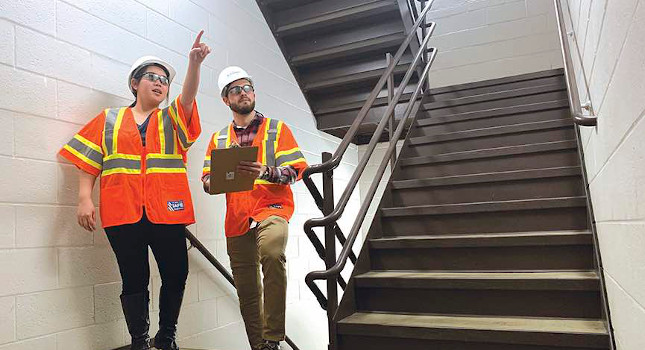
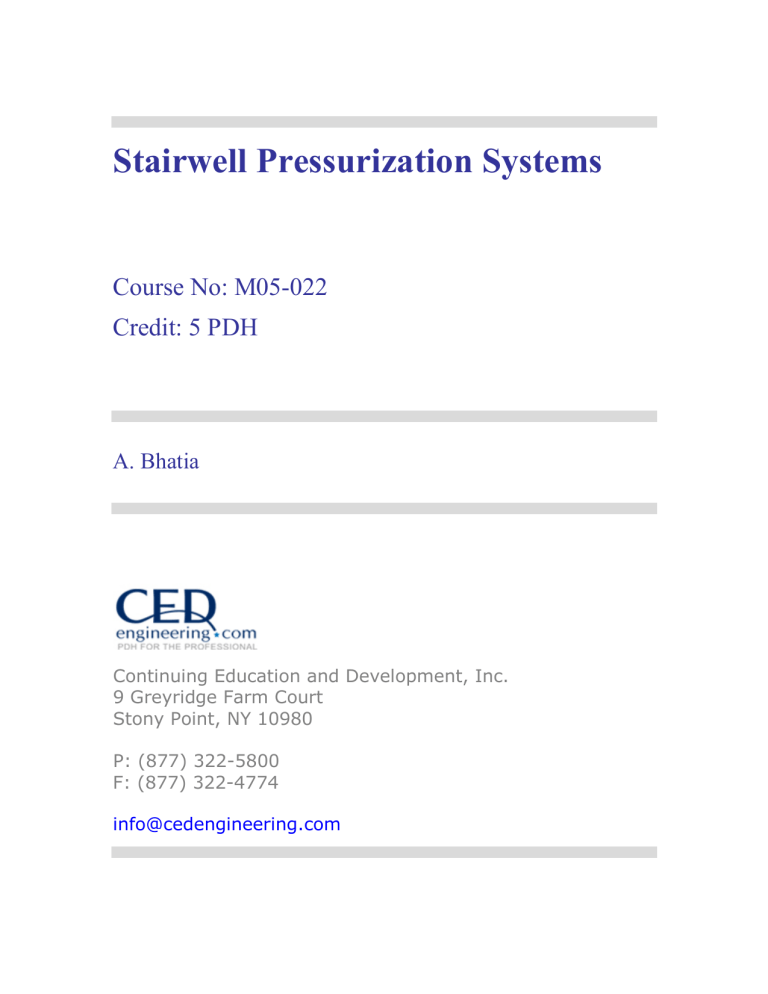


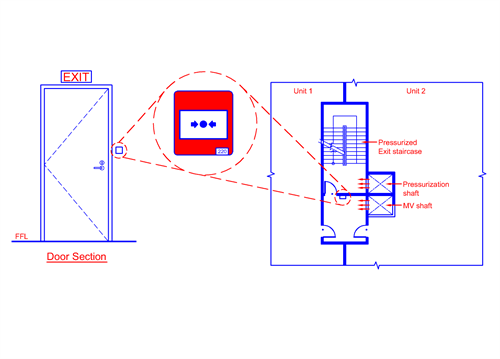




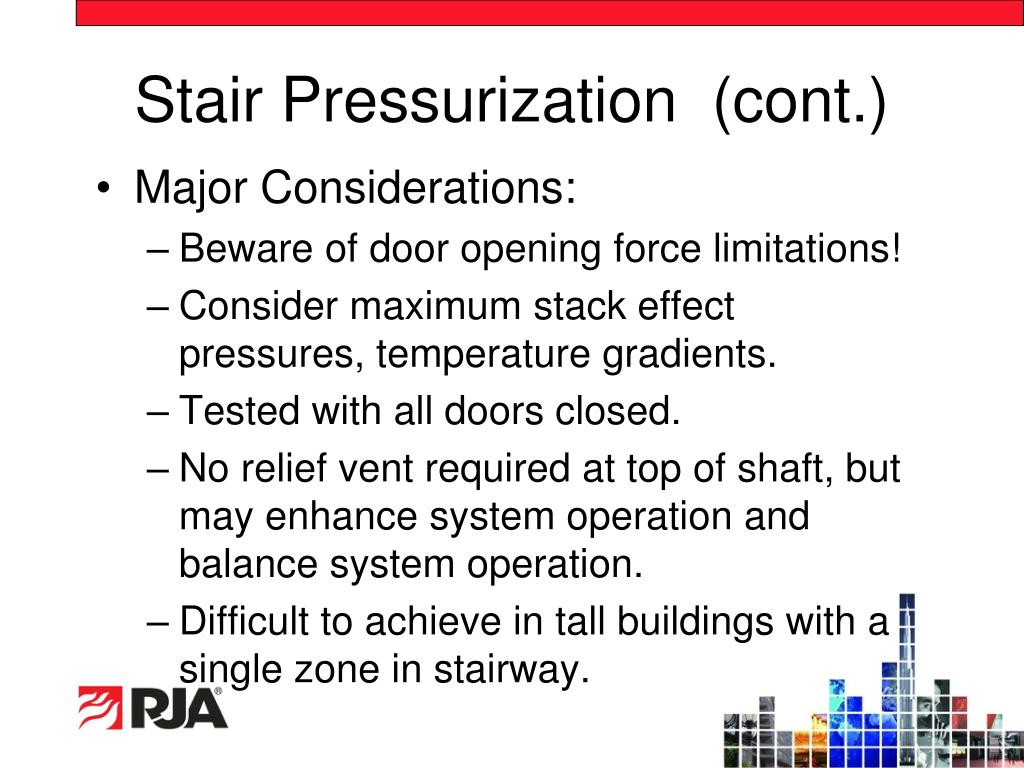

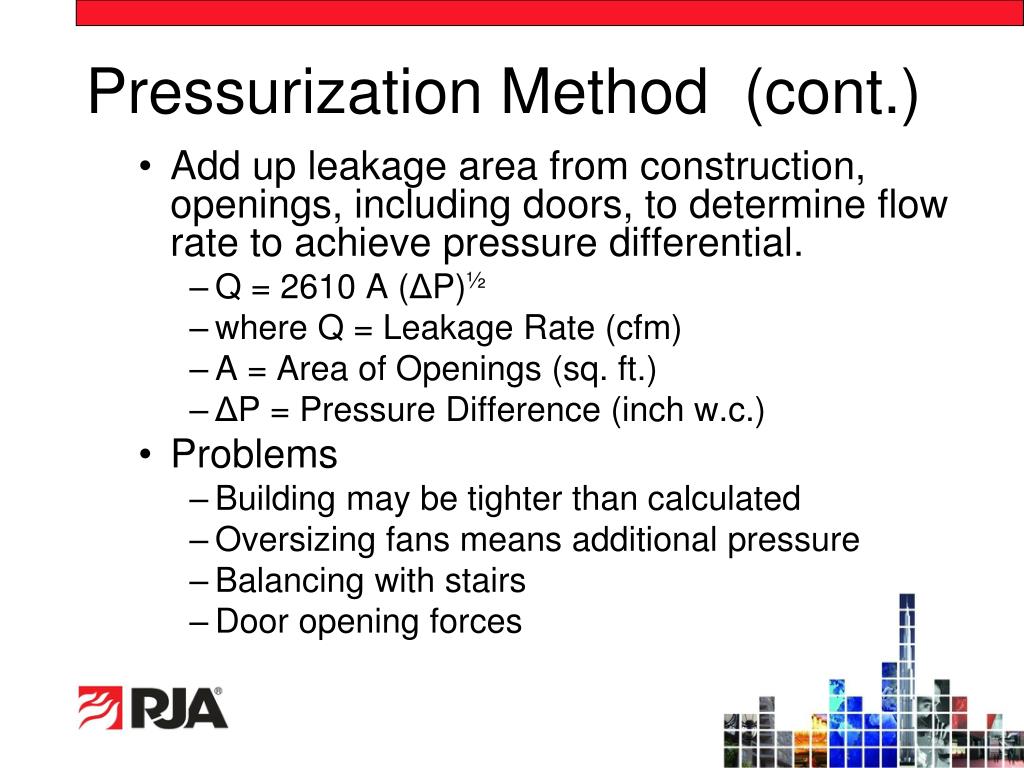
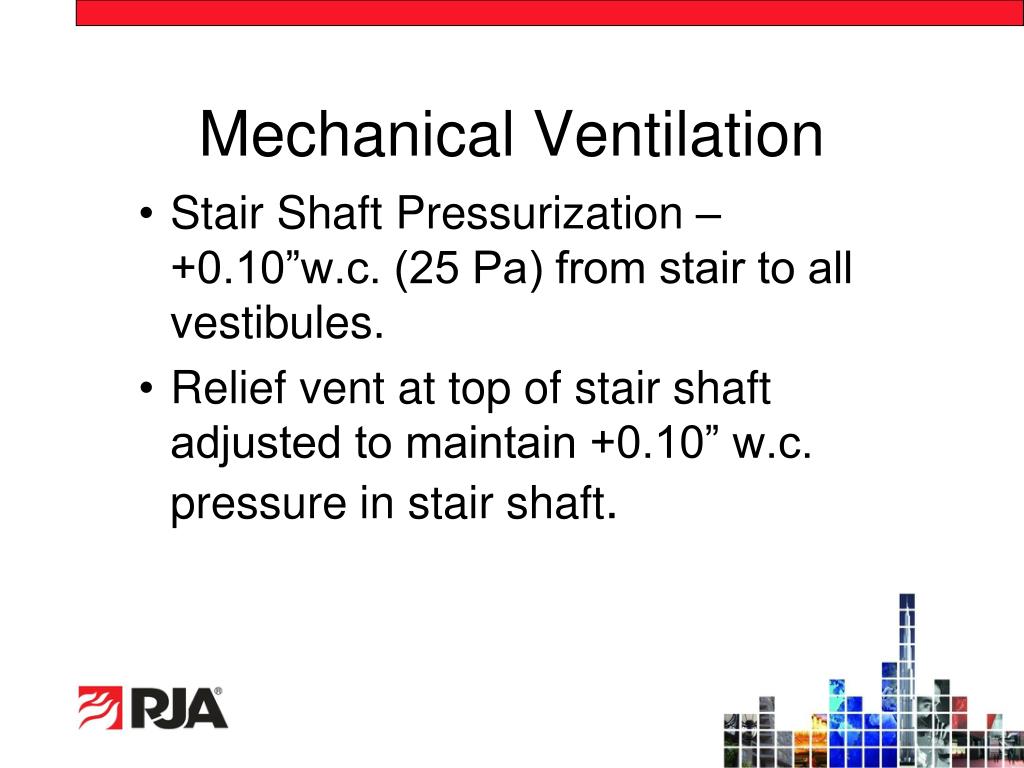



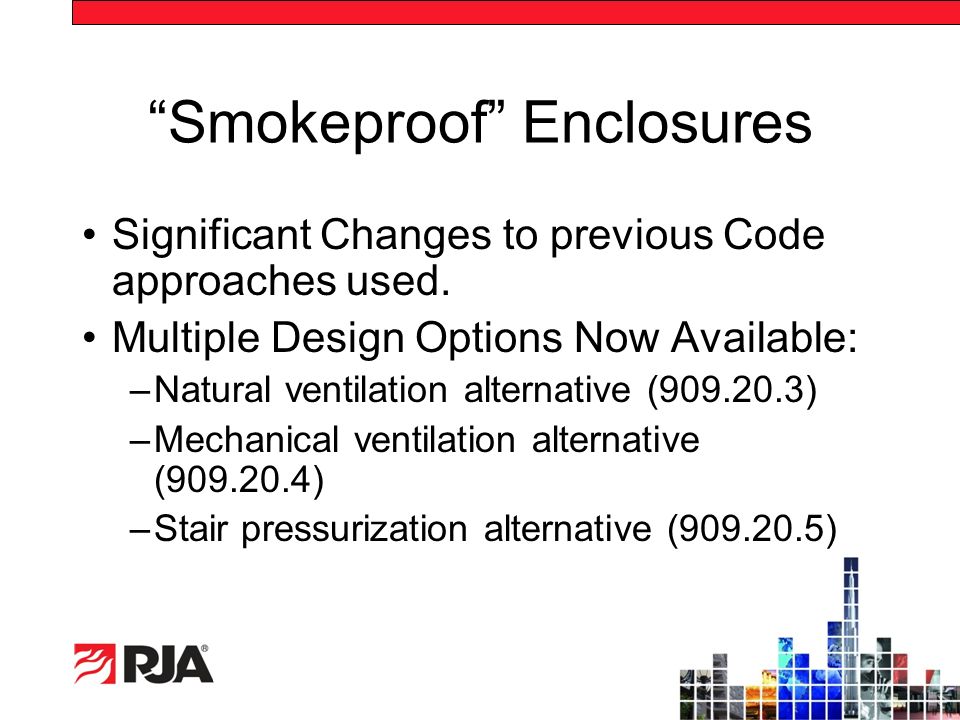


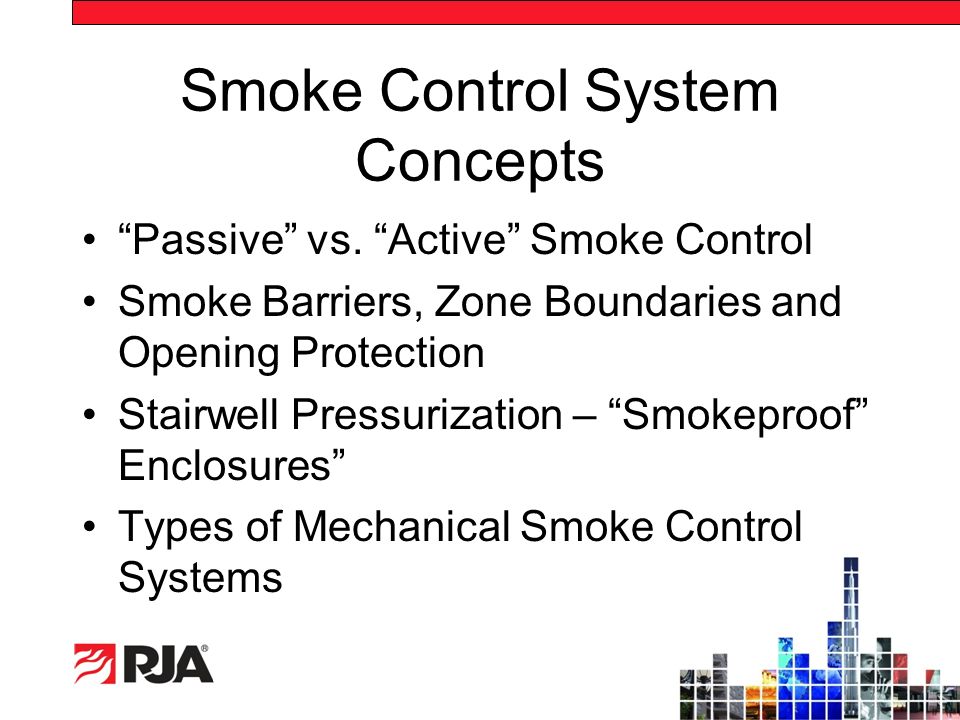

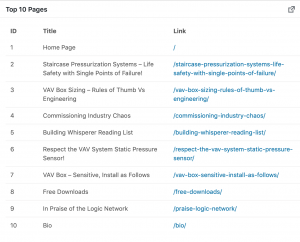








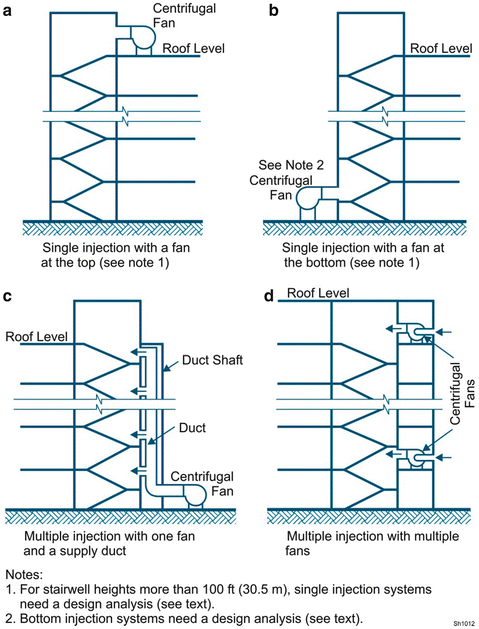

Post a Comment for "Stair Pressurization Rule Of Thumb"